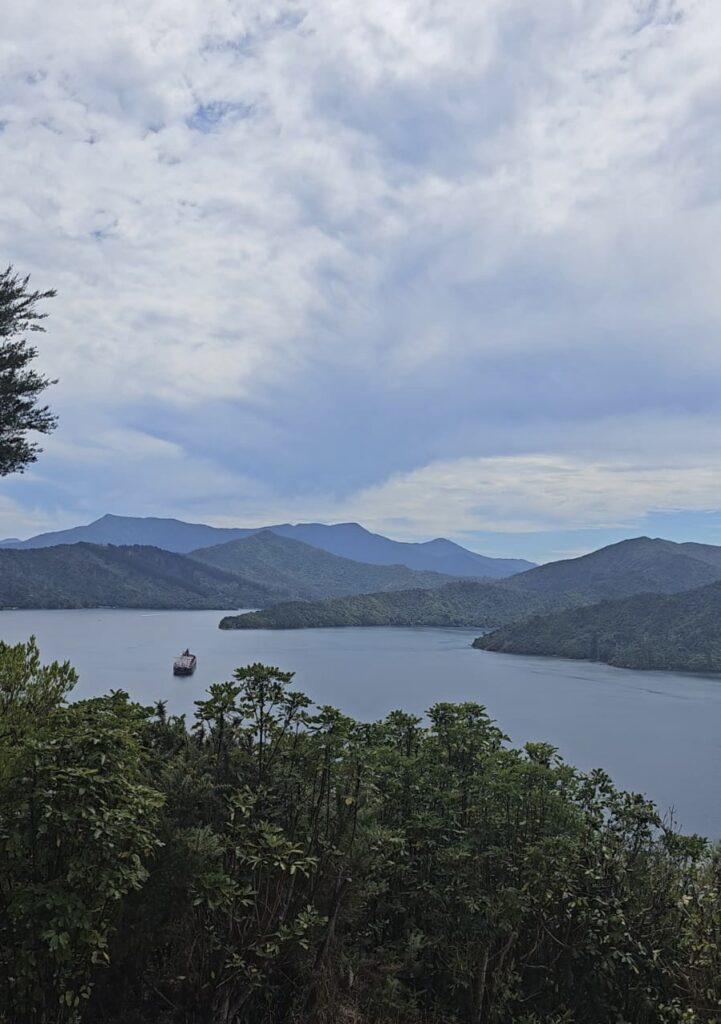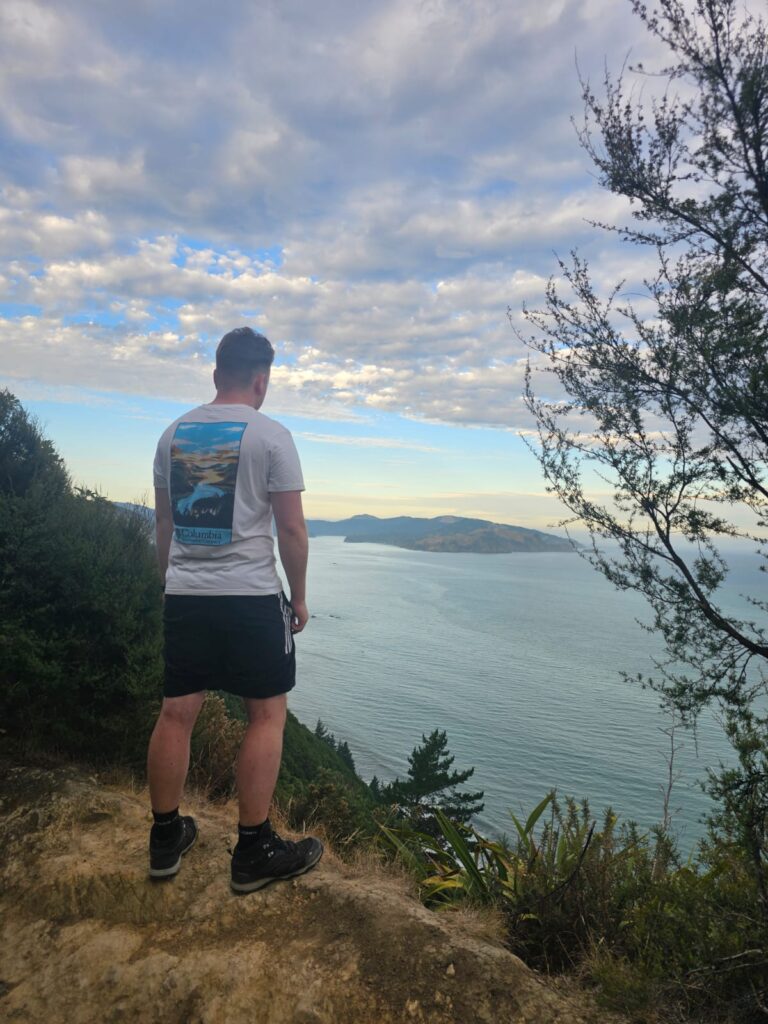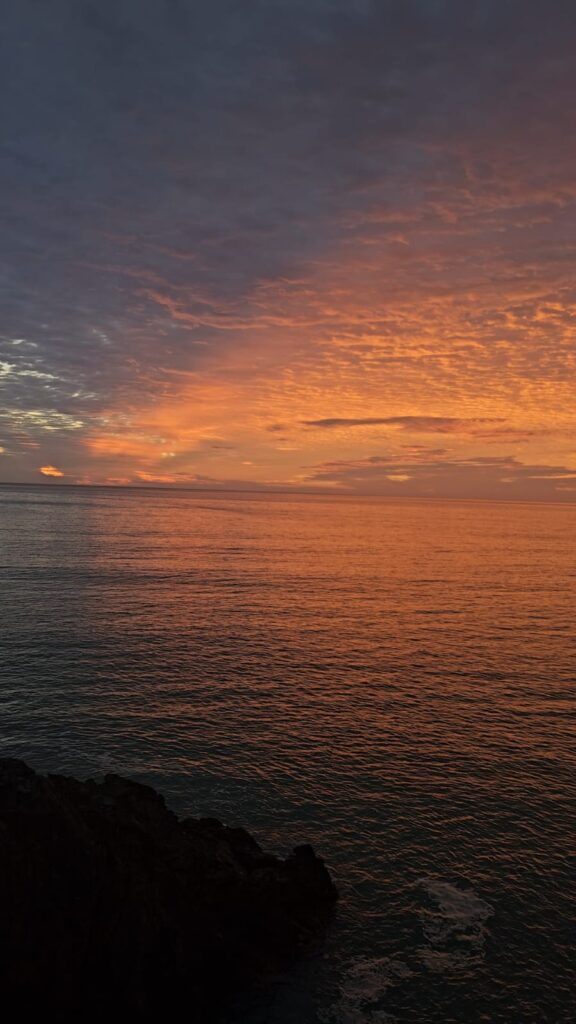Marlborough expertly blends luscious forestry with the aesthetic of small coastal towns. The fishing towns of Picton and Havelock host stunning marinas, white sand beaches, sunlit forests, and crystalline waters. Blenheim to the south is the gateway to vineyard country and the epicentre of local food culture. But the most prominent feature of Marlborough is, of course, its Sounds.
The most well-known of these are Queen Charlotte and Pelorus Sounds, with Kenepuru and Mahau Sounds the lesser ventured to. The Marlborough Sounds share a very similar topographical panorama to Milford Sound. They present a winding network of water channels towered above by mountains blanketed in native forest. But where Milford Sound is dramatic and moody, Marlborough is relaxed and serene. Where Milford is bestowed with the highest rainfall rates in the country, Marlborough is blessed with long daylight hours and ever-present sunshine.

Marlborough maintains an illusion of the tropics despite its southern latitude, flaunting its foreshore lined with palm trees. The subtropical waters are a playground for yachters and fishermen alike; the best time in Marlborough is spent on the water. The Sounds were once giant valleys cut through by rivers and now are infilled with the Pacific Ocean. The keen mariner can spend many an afternoon exploring Marlborough’s Labyrinths of still waterways and forest-covered peaks. Queen Charlotte Sound is the seat of most of the region’s water sports and the passageway to Wellington across the Cook Strait. Pelorus Sounds is more remote, attracting its reputation as an untamed paradise.
Marlborough’s infrastructure is congruous with its rural roots. Many of the roads are unformed, if access roads even exist. The Queen Charlotte Drive was recently built to bridge the towns of Picton and Havelock, offering beautiful views of the Sound from its winding terraces above. Marlborough’s remoteness is illustrated by its need for a mailboat service from Havelock, ferrying both mail and supplies to homesteads across the sounds that have no access roads. Now a touring service, the old mailboat transports tourists through the scenic channels.

Marlborough is not the most forthcoming in its infrastructure, but this only adds to the sense of adventure. If you dare to venture, Marlborough is a treasure trove of hidden beaches and secluded alcoves. For this reason, the best way to experience Marlborough is by foot or by sea. The area’s most popular hiking track, the Queen Charlotte track, meanders around sheltered bays and forest-covered headlands. Alternatively, sea kayaking is a popular pursuit to explore the secrets of the Sound.
Marlborough proffers the Idyll of freshly caught seafood and expert wines, both of which are locally sourced. Marlborough’s serene waters provide the perfect conditions for viniculture and harvesting seafood. Marlborough is renowned worldwide for its Sauvignon Blanc and housing the largest expanse of vineyards in New Zealand. Its sun-soaked shores and fertile lands crown Marlborough as the capital of New Zealand’s wine empire. The jewels that accompany Marlborough’s viniculture are its surplus of fine seafood. The region is famed for its green-shell mussels, Marlborough oysters, and crayfish.

Marlborough’s stunning coastline is also the optimal environment for sea-dwelling wildlife. The Sounds are home to fur seals, sea lions, and sometimes whale species. The region’s selection of beachside campsites extends the opportunity for natural encounters with inhabitants of the coast and sea. A camper shared an anecdote with us of their sightings of small whales in the sheltered campsite bay, migrating from the rough waters of the Cook Strait. We ourselves witnessed stingrays and starfish through the still waters.
Marlborough encapsulates much of the beauty of New Zealand’s Milford Sounds, without the hordes of tourists. It is a laid-back, sun-soaked paradise waiting to be discovered.


